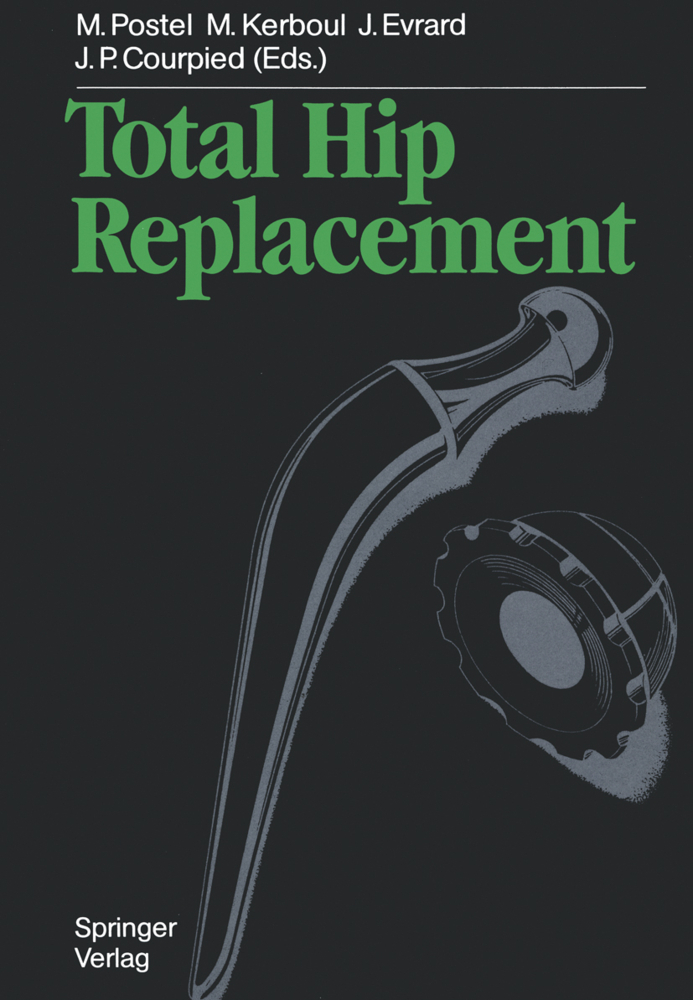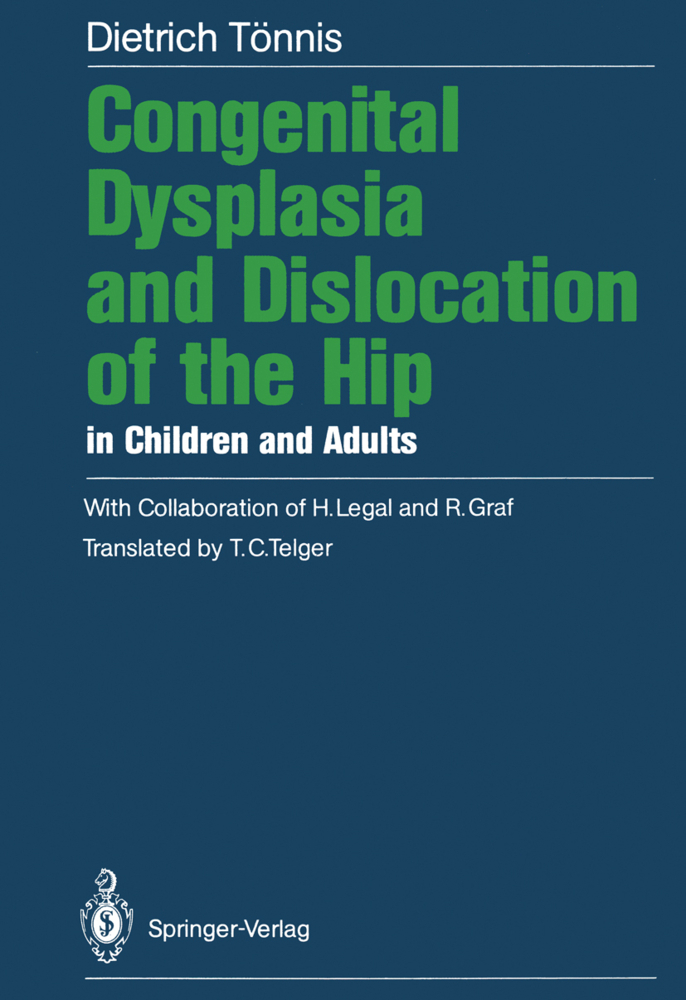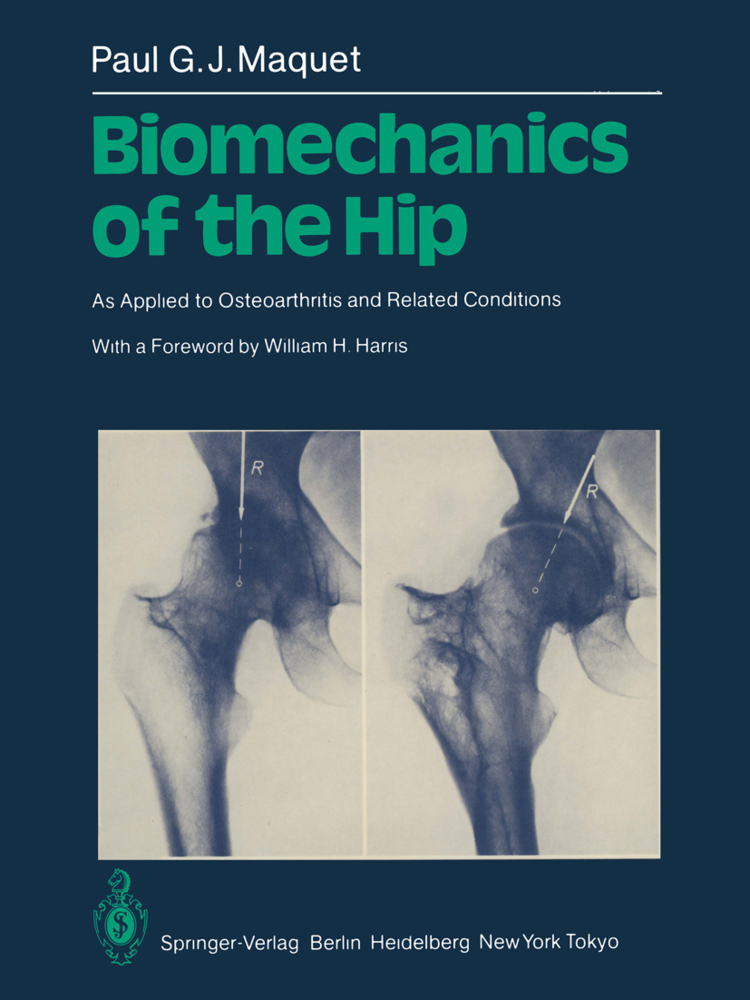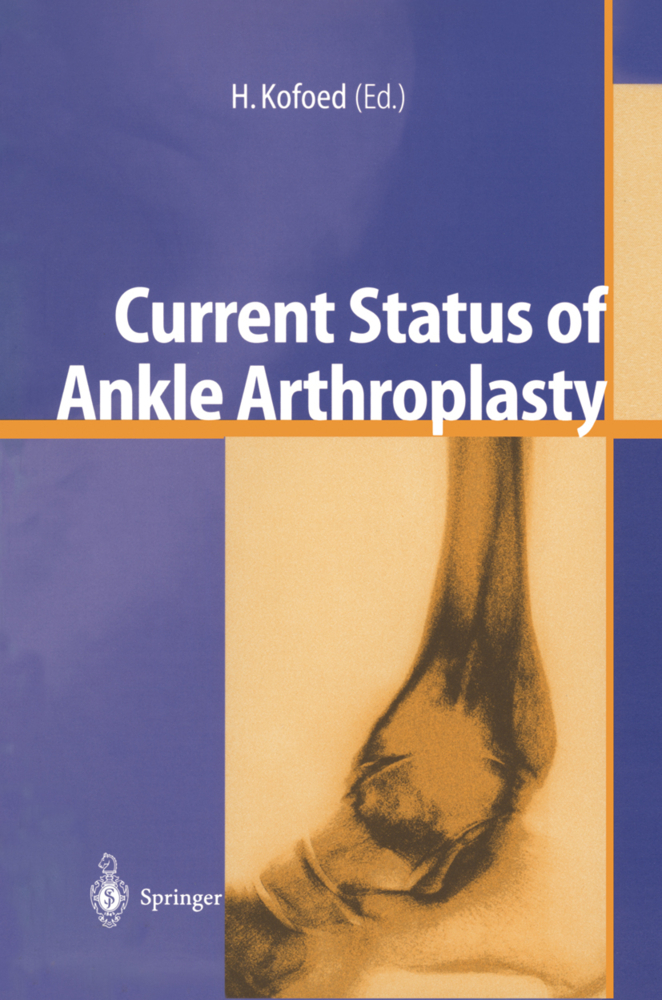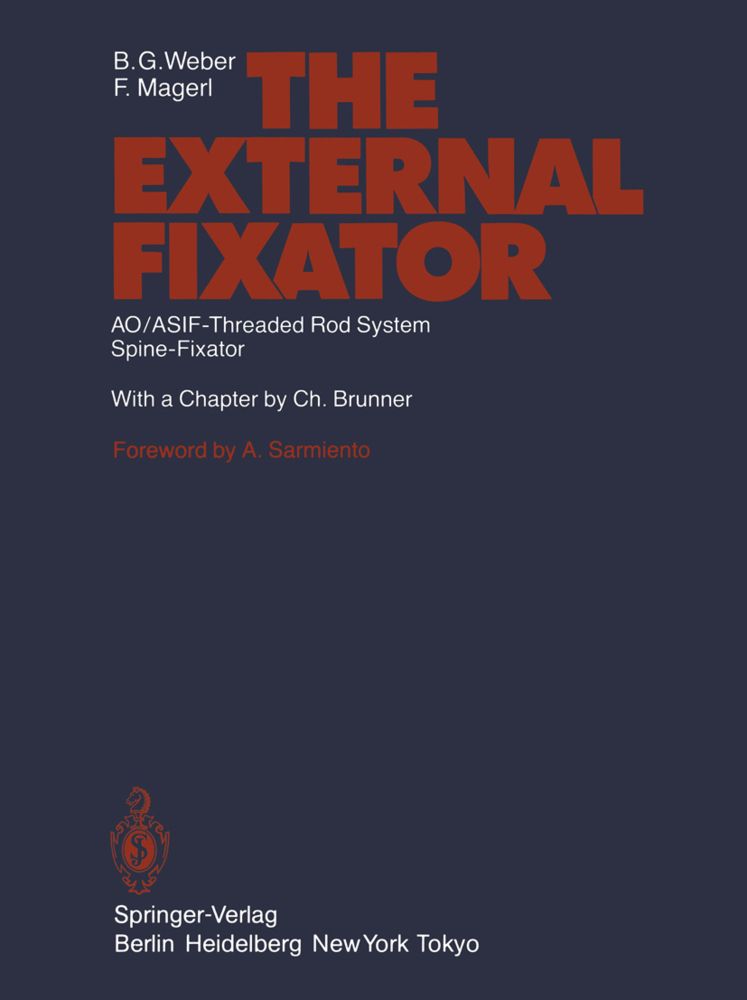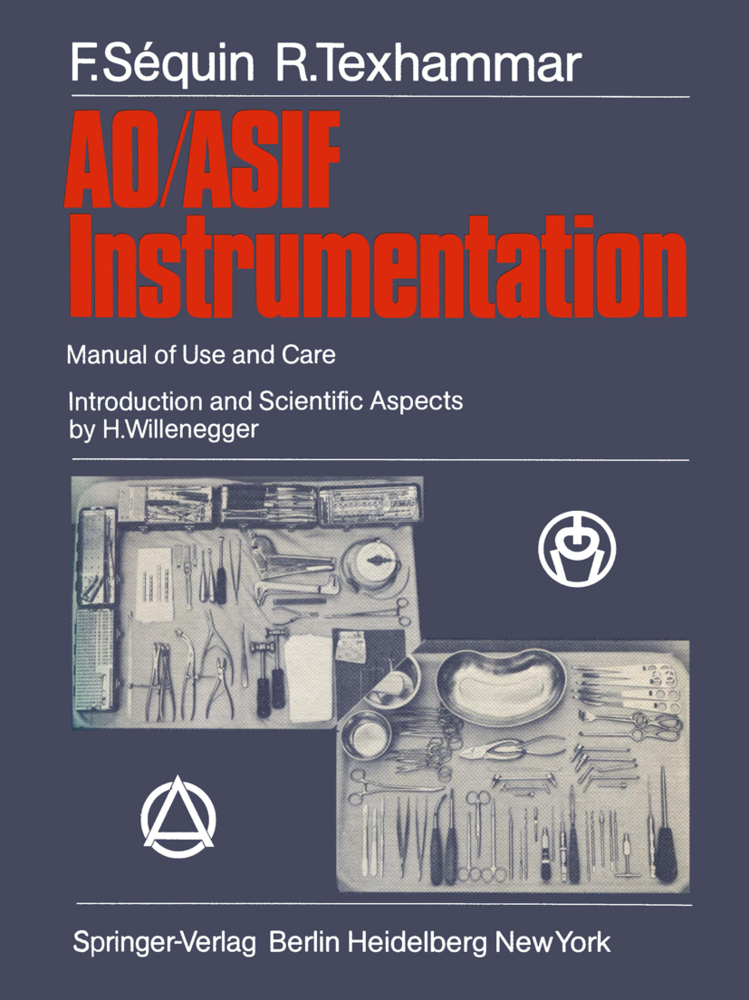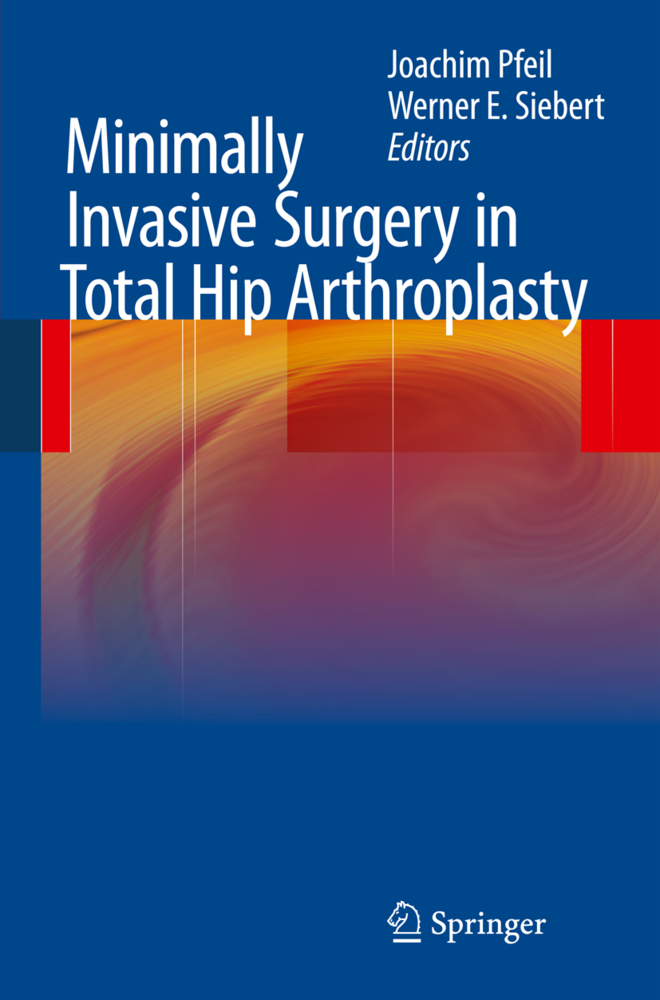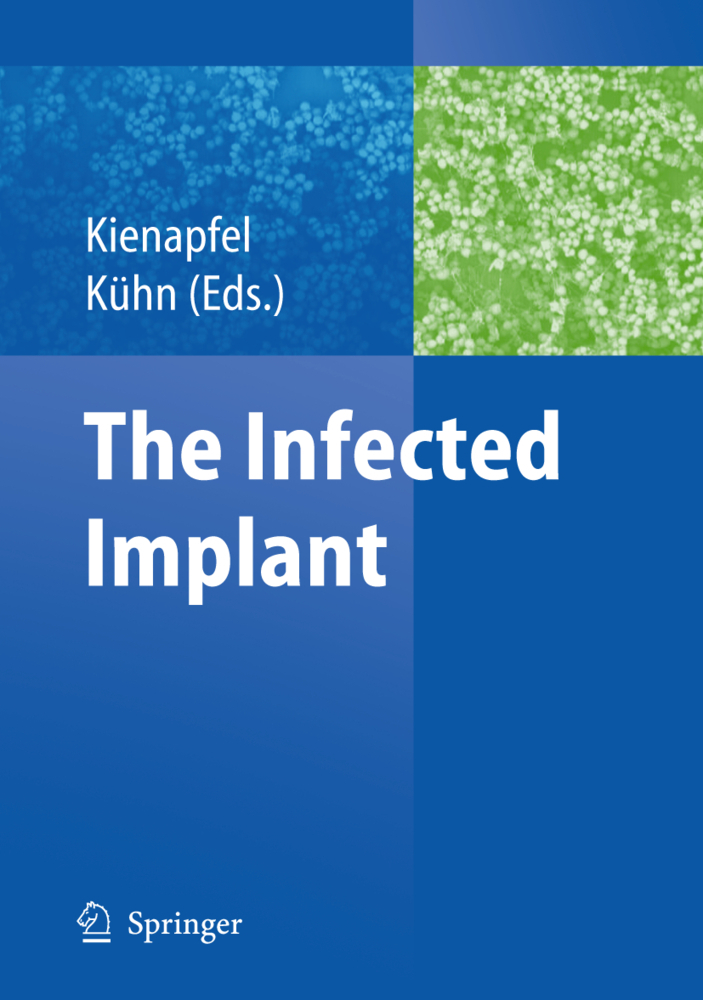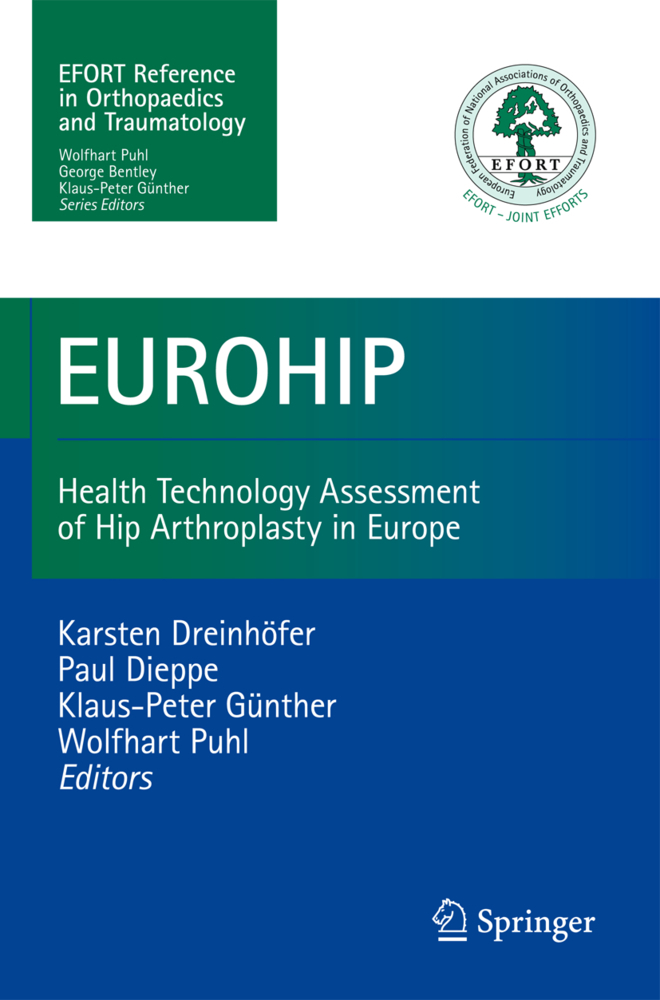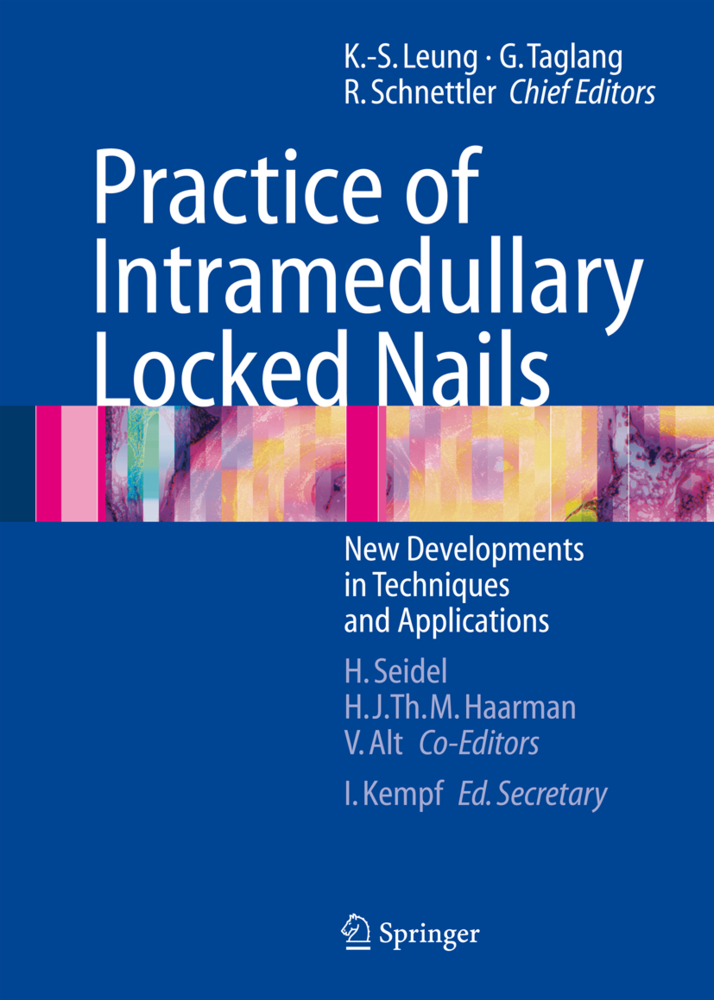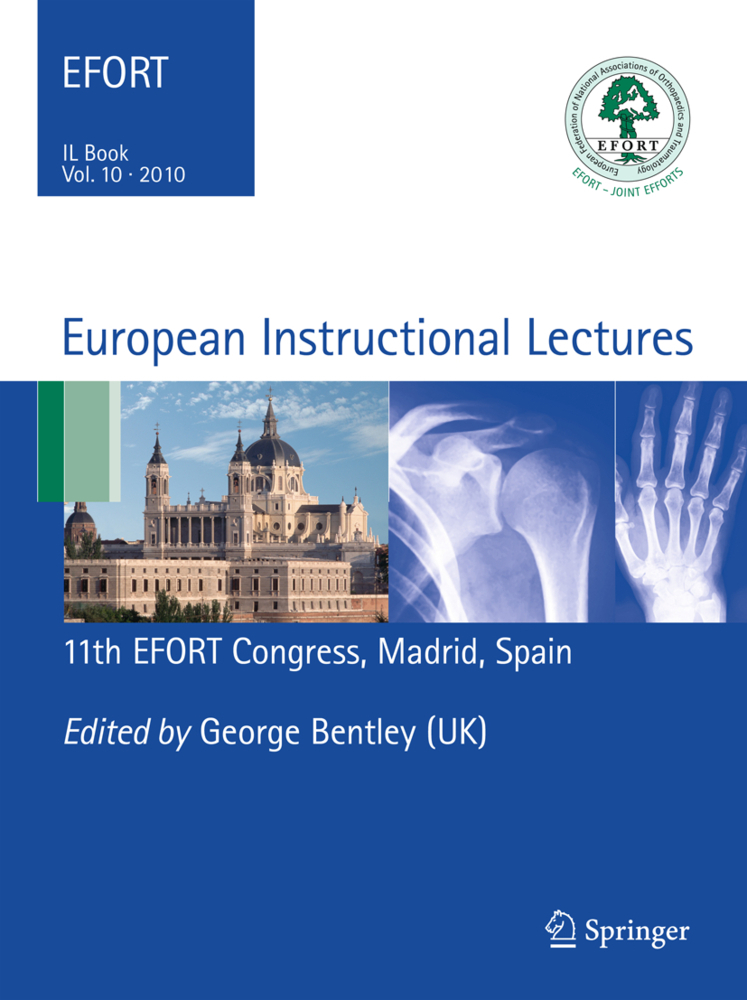Total Hip Replacement
Total Hip Replacement
Postel, Kerboul, Evrard, Courpied, and their coauthors take a completely objective attitude in describing the progress achieved in total hip replace ment with reference to their own experience over the last 20 years. They avoid any triumphant fanfares, but not because of Pascal's dictum: "Do you want people to speak well of you? Don't do it yourself. " Rather, they know that other surgeons, like themselves, are more concerned with effi ciency than with laurels, and want that is, new ideas based on sufficiently wide experience and analyzed in a strict and uncompromising manner. In addition, surgeons are particularly anxious for in-depth study of the pr,ob lems, complications, and failures encountered as well as for indications as to how these can be avoided and corrected. This book is sure to satisfy sur geons on both these counts. It is the exciting and almost incredible prod uct of the work and the immense progress that have taken place in the 15 years since I retired. The spirit behind this work has inspired it from the start. It is characterized by a determination to take constant study of the results as the only guide in matters of indications and technique, and the authors insisted on a system of documentation whose purpose (and perhaps merit) was to facilitate comparison both of the preoperative functional state and of the final re sult; they have also kept an open mind for interesting new insights from whatever quarter they might arise.
2.1 Statistical Survey Comparing Patients Followed Up with Patients Later Lost to Follow-up
2.2 In-depth Research on Patients Lost to Follow-up
3 The Development of Total Hip Replacement
3.1 The Different Total Hip Prostheses Used at Cochin
3.2 The McKee-Merle d'Aubigné Prosthesis
3.3 The Low-friction Band Prosthesis
3.4 The Charnley Prosthesis
3.5 The Charnley-Kerboul Prosthesis
4 The Routine Operation
4.1 Indications for Total Hip Replacement and Preparation of the Patient for Surgery
4.2 The Psychiatrist's View Point
4.3 The Cardiologist and the Candidate for Total Hip Replacement
4.4 Technical Preparation Prior to Total Hip Arthroplasty - The Choice of the Prosthesis
4.5 Standard Technique for Total Hip Arthroplasty in Uncomplicated Osteoarthritis
4.6 Postoperative Management and Follow-up
5 Results with the Charnley-Kerboul Prosthesis
5.1 Introduction
5.2 Results in Osteoarthrosis
5.3 Necrosis of the Femoral Head
5.4 Total Hip Replacement in Ankylosing Spondylitis
5.5 Total Hip Replacement in Rheumatoid Arthritis
5.7 Total Hip Replacement for Congenital Dislocation of the Hip
6 Aseptic Complications Following Total Hip Replacement
6.1 Ossification
6.2 Complications of Trochanterotomy
6.3 Dislocation Following Total Hip Replacement
6.4 Radiological Methods of Assessing the Orientation of the Components
6.5 Aseptic Loosening Among Charnley-type Prostheses
7 Revision Surgery for Aseptic Loosening of Total Hip Replacement - Acetabular Reconstruction
7.1 Introduction
7.2 Problems Related to the Acetabulum
7.3 The Femoral Stage of Total Hip Revision
7.4 Acetabular Reconstruction by Homograft as a Part of Total Hip Revision
7.5 Result of Revision of Aseptic TotalArthroplasty
7.6 Conclusions
8 Infective Complications of Total Hip Replacement
8.1 Introduction
8.2 The Patients
8.3 Early Infection
8.4 Acute Infection of Late Onset
8.5 Diagnosis of Chronic Infection
8.6 Histopathology and the Diagnosis of Infection
8.7 Methods of Treatment
8.8 Results of Treatment of Chronic Infection
8.9 Development of Treatment of Chronic Infection in Total Hip Replacement - Present Indications
8.10 Prevention of Infection
9 The Future of the Polyethylene Cup
9.1 Measurement of Wear
9.2 Incidence of Wear
9.3 Association of Wear with Abnormalities of Fixation
9.4 Response of the Femur
10 Response of Local Tissue to Total Hip Replacement
10.1 Newly Developed Structures Around the Joint
10.2 Wear Products and Their Identification
10.3 The Bone-cement Interface and Aseptic Loosening
11 Conclusions
12 Subject Index.
1 Introduction
2 Methodology2.1 Statistical Survey Comparing Patients Followed Up with Patients Later Lost to Follow-up
2.2 In-depth Research on Patients Lost to Follow-up
3 The Development of Total Hip Replacement
3.1 The Different Total Hip Prostheses Used at Cochin
3.2 The McKee-Merle d'Aubigné Prosthesis
3.3 The Low-friction Band Prosthesis
3.4 The Charnley Prosthesis
3.5 The Charnley-Kerboul Prosthesis
4 The Routine Operation
4.1 Indications for Total Hip Replacement and Preparation of the Patient for Surgery
4.2 The Psychiatrist's View Point
4.3 The Cardiologist and the Candidate for Total Hip Replacement
4.4 Technical Preparation Prior to Total Hip Arthroplasty - The Choice of the Prosthesis
4.5 Standard Technique for Total Hip Arthroplasty in Uncomplicated Osteoarthritis
4.6 Postoperative Management and Follow-up
5 Results with the Charnley-Kerboul Prosthesis
5.1 Introduction
5.2 Results in Osteoarthrosis
5.3 Necrosis of the Femoral Head
5.4 Total Hip Replacement in Ankylosing Spondylitis
5.5 Total Hip Replacement in Rheumatoid Arthritis
5.7 Total Hip Replacement for Congenital Dislocation of the Hip
6 Aseptic Complications Following Total Hip Replacement
6.1 Ossification
6.2 Complications of Trochanterotomy
6.3 Dislocation Following Total Hip Replacement
6.4 Radiological Methods of Assessing the Orientation of the Components
6.5 Aseptic Loosening Among Charnley-type Prostheses
7 Revision Surgery for Aseptic Loosening of Total Hip Replacement - Acetabular Reconstruction
7.1 Introduction
7.2 Problems Related to the Acetabulum
7.3 The Femoral Stage of Total Hip Revision
7.4 Acetabular Reconstruction by Homograft as a Part of Total Hip Revision
7.5 Result of Revision of Aseptic TotalArthroplasty
7.6 Conclusions
8 Infective Complications of Total Hip Replacement
8.1 Introduction
8.2 The Patients
8.3 Early Infection
8.4 Acute Infection of Late Onset
8.5 Diagnosis of Chronic Infection
8.6 Histopathology and the Diagnosis of Infection
8.7 Methods of Treatment
8.8 Results of Treatment of Chronic Infection
8.9 Development of Treatment of Chronic Infection in Total Hip Replacement - Present Indications
8.10 Prevention of Infection
9 The Future of the Polyethylene Cup
9.1 Measurement of Wear
9.2 Incidence of Wear
9.3 Association of Wear with Abnormalities of Fixation
9.4 Response of the Femur
10 Response of Local Tissue to Total Hip Replacement
10.1 Newly Developed Structures Around the Joint
10.2 Wear Products and Their Identification
10.3 The Bone-cement Interface and Aseptic Loosening
11 Conclusions
12 Subject Index.
Postel, Michel
Kerboul, Marcel
Evrard, Jaques
Courpied, Jean Pierre
Brueton, R.
| ISBN | 9783642695995 |
|---|---|
| Artikelnummer | 9783642695995 |
| Medientyp | Buch |
| Auflage | Softcover reprint of the original 1st ed. 1987 |
| Copyrightjahr | 2012 |
| Verlag | Springer, Berlin |
| Umfang | 154 Seiten |
| Abbildungen | XII, 154 p. 108 illus. |
| Sprache | Englisch |

